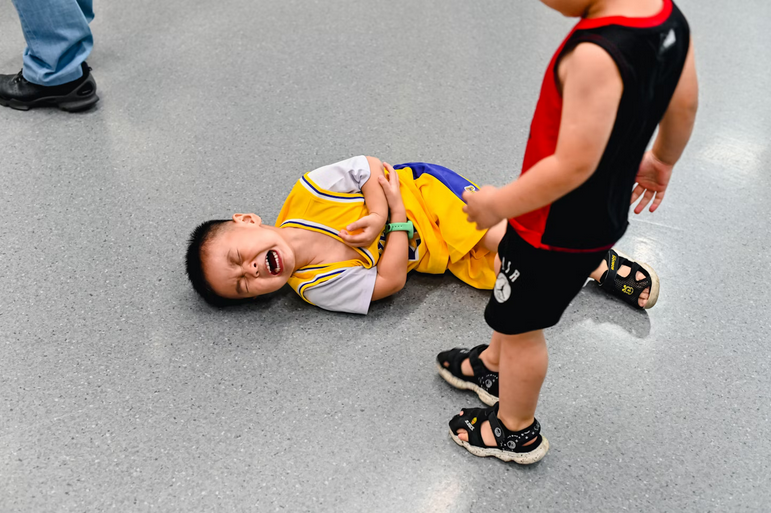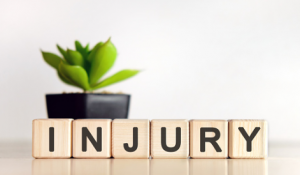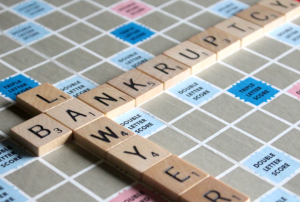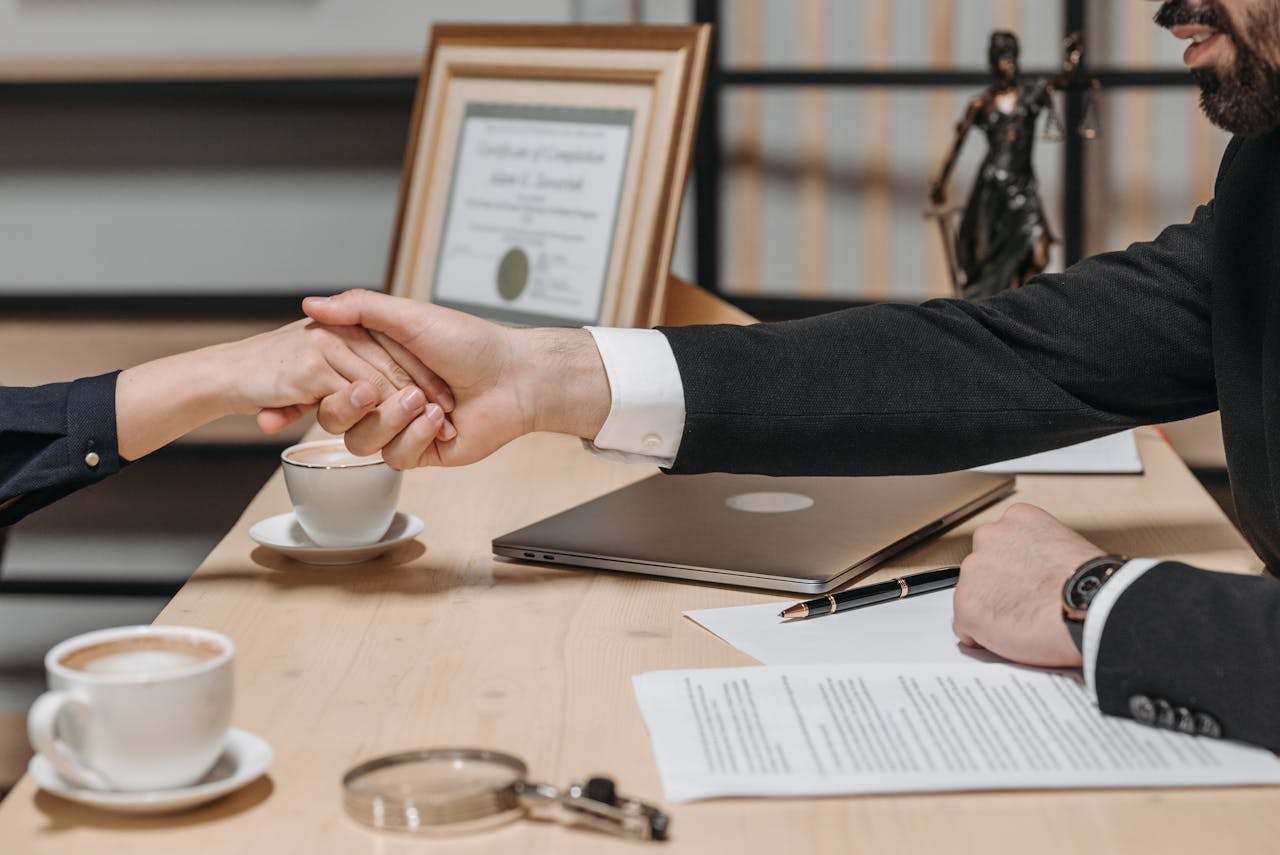Slip and fall accidents can happen when we least expect them, turning a routine stroll into a painful experience. Understanding the common causes behind these incidents is not just about awareness but also plays a crucial role in premises liability cases. In this article, we’ll delve into the insights surrounding slip and fall accidents, shedding light on the type of permises liabilty cases, potential hazards, and the implications for premises liability.
Uneven Surfaces
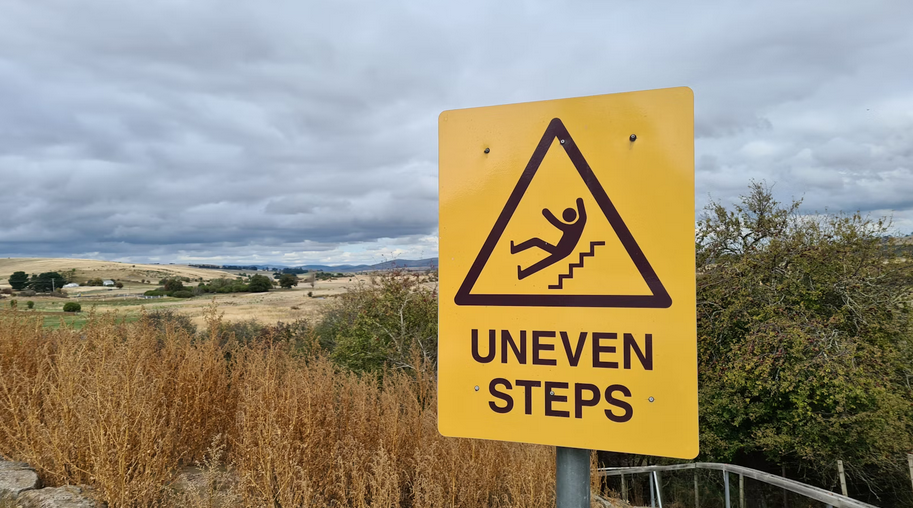
One of the primary culprits in slip and fall accidents is uneven surfaces. Whether it’s a cracked sidewalk, poorly maintained flooring, or uneven pavement, these surfaces can pose a significant risk. Property owners must ensure that walking areas are well-maintained and free of irregularities that could catch someone off guard.
Inadequate Lighting
Poorly lit areas are breeding grounds for slip-and-fall accidents. When visibility is compromised, individuals may struggle to see potential hazards on the ground. Adequate lighting is not only essential for overall safety but also a critical factor in preventing accidents caused by obscured obstacles.
Lack of Handrails or Guardrails
Stairs and elevated platforms without proper handrails or guardrails increase the risk of slip and fall incidents. Property owners must ensure that these safety features are installed and well-maintained, providing essential support for individuals navigating elevated surfaces.
Cluttered Walkways
Cluttered walkways are a recipe for disaster. Items left in pathways, be it merchandise, cables, or debris, can become tripping hazards. Maintaining clear and organized walkways is imperative for preventing slip and fall accidents and mitigating potential liabilities.
Negligent Maintenance
Failure to conduct regular maintenance on-premises can lead to various hazards. From loose floorboards to cracked tiles, neglecting routine maintenance contributes significantly to slip and fall accidents. Property owners should implement proactive maintenance measures to address potential risks promptly.
Wet or Slippery Floors

A freshly mopped floor or a spilled drink left unattended can quickly turn into a hazardous zone. Wet or slippery floors are frequent contributors to slip and fall accidents. Property owners have a duty to promptly address spills, leaks, or wet surfaces, and they should provide warning signs to alert individuals to potential dangers.
Weather-Related Conditions
External factors, such as rain, snow, or ice, can exacerbate the risk of slip-and-fall accidents. Property owners should take precautions during adverse weather conditions, such as promptly clearing snow and ice and placing warning signs to alert individuals to slippery surfaces.
Faulty Footwear
While not directly the responsibility of property owners, individuals should also be mindful of their footwear. Wearing inappropriate or worn-out shoes can increase the likelihood of a slip-and-fall accident. Individuals should choose footwear suitable for the conditions they may encounter.
Failure to Warn
In premises liability cases, property owners have a duty to warn individuals about potential hazards. Failing to provide adequate warning signs or barriers around dangerous areas can contribute to accidents. Adequate communication of potential risks is crucial for maintaining a safe environment.
While slip and fall accidents can happen unexpectedly, understanding their common causes empowers both property owners and individuals to take proactive measures. From maintaining even surfaces to promptly addressing spills and ensuring proper lighting, these insights provide a roadmap for creating safer premises. By fostering a culture of awareness and responsibility, we can collectively contribute to minimizing the occurrence of slip and fall accidents and promoting overall safety in our shared spaces.

